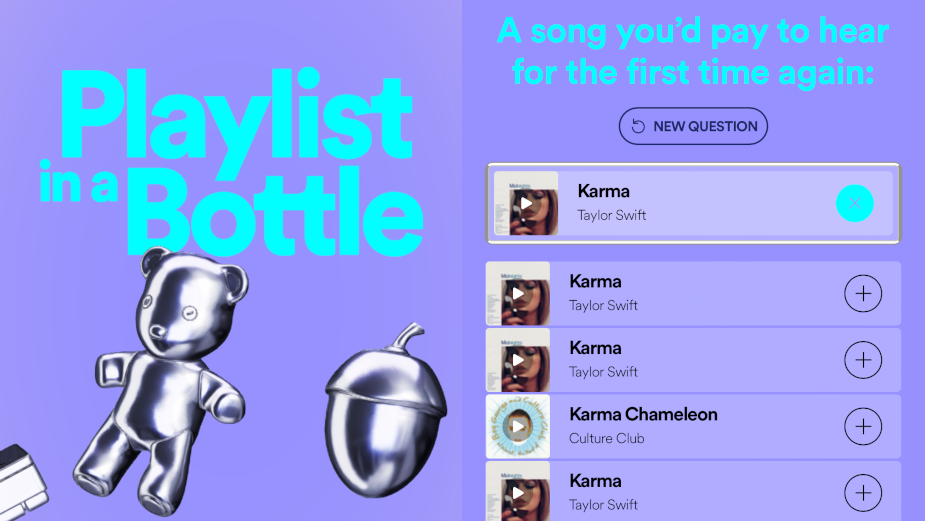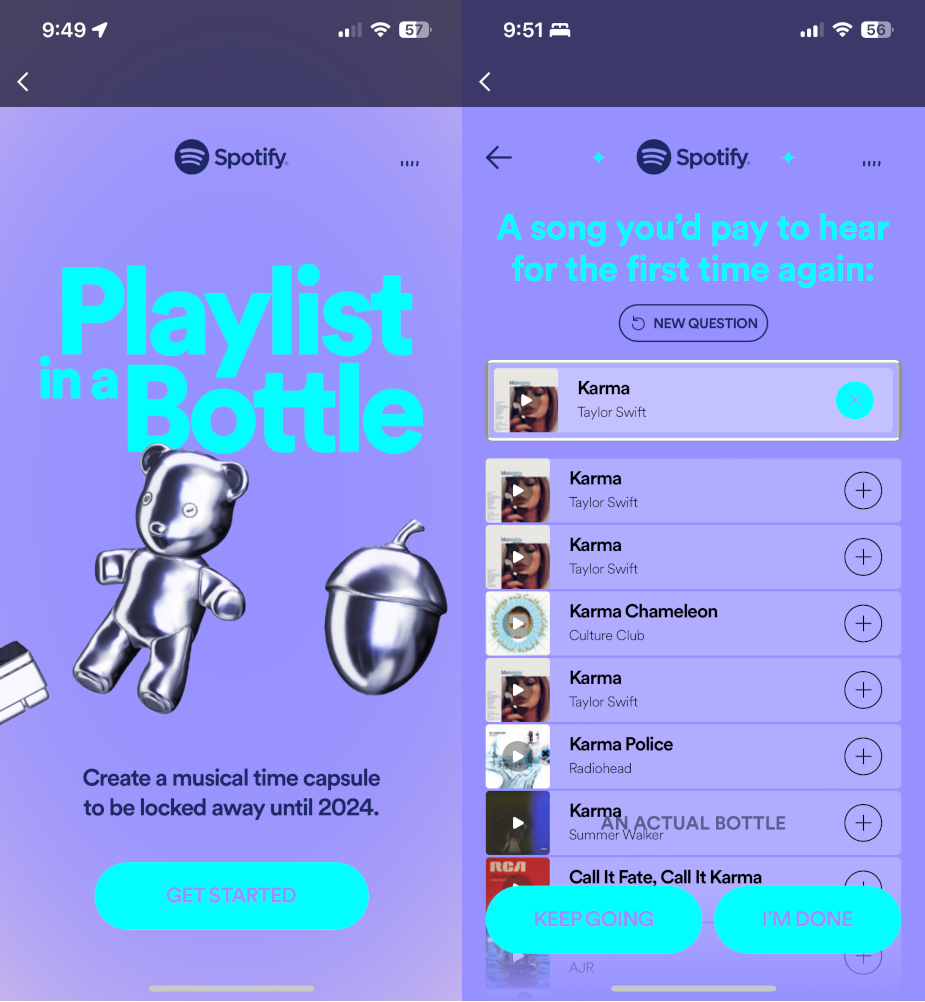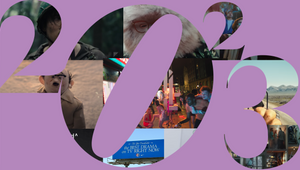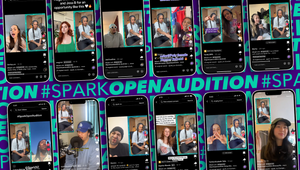
I Don’t Want to Live In Your Frictionless Brand World. And Neither Do Your Customers

Under the influence of my colleague Gi, this year I’ve decided I’m going to get better at managing my finances. And while I’d like to say this is because I have a bigger life plan that I’m working towards, the truth is, shit’s starting to get expensive and I want to find a way to justify getting my hair dyed.
Of course this is just one example of how the rising cost of living is affecting a woman in her mid 30s dealing with the sprouting of grey hairs.
But this anecdote can be extended to our clients' businesses.
As this cost of living crisis bites, and people tighten their wallets, how can we help our clients focus their budgets on the things that matter?
For better or worse, it’s become my personal MO to encourage our clients to spend their budgets creating fewer (more impactful) moments of intrigue within their brand experience rather than the safer, more academic approach they may want to take to feel a sense of control.
–
More than ever, people’s decisions around brands are a representation of identity within a culture or subculture rather than a by product of logic.
And increasingly, a brand's ability to appeal to that identity cannot be simply won over by comms alone, but by what is real. What a brand actually is and does within culture.
During a recession where people start to feel a lack of control (just like clients) over their jobs and finances, identity is what they can control – so we see them gravitate towards brands that increase their sense of self.
In an easy-to-use frictionless brand experience where customers switch to autopilot for all the best practice interactions, they don’t see themselves, they just see bland.
I’ve always felt that brand experience is often misunderstood as complex, but the truth is, it doesn’t always need to be difficult to implement.


Above: Even within the confines of Shopify’s marketing opt in checkbox, Liquid Death snaps us out of autopilot.
During the pandemic, culture evolved so rapidly and significantly, brands couldn’t ignore it. And for some who took the permission, they found success, using Brand Experience to add to culture in a way that extended what people expected of them.
Above: Pedigree Dogs on Zoom grew the brand in new ways, building on their role to help all dogs find a loving home.
But, what’s frustrating (more grey hairs), is that while some brands have gone back to their pursuit of the ideal ‘best practice’, this idea of the intriguing rather than the frictionless was something we already knew. It’s Apple’s Unboxing. It’s Spotify Wrapped, and their new addition Time Capsule / Playlist in a Bottle – where they’re adding friction to the experience of building a playlist, demonstrating the ways they know how music moves us.

Above: It’s my time capsule not yours. Spotify’s new Time Capsule uses existing features (creating a playlist and radio) to demonstrate they get what music means to people.
So as we enter yet another significant change in the world and in turn, consumer behaviour, I hope that brands that can meaningfully activate within the context of this cultural moment do (like Iceland or Ikea), but that others aren’t distracted. Instead, I hope they look deeper to find the moments within culture their brand experience could thrive in.
Because if we can learn anything from these brands, it’s that culture wants to be seen, and when you demonstrate that you do, your brand doesn’t just get noticed, it gets embraced.













